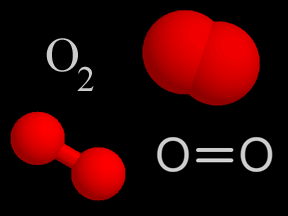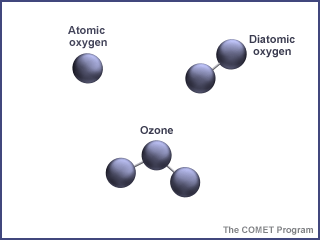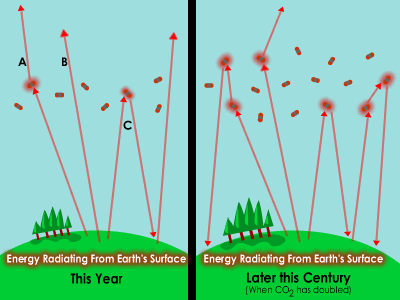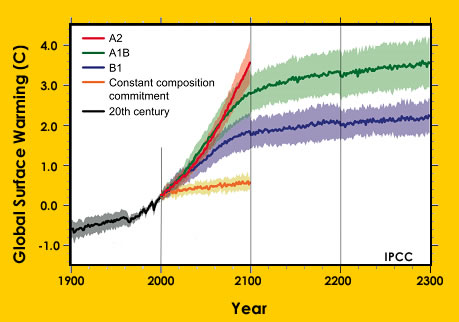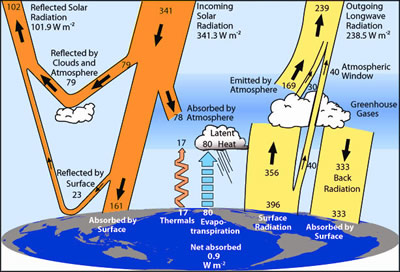Click on image for full size
Courtesy of NASA Human Space Flight Collection
Related links:
Atmospheric Science Literacy Framework
Essential Principles and Fundamental Concepts of Atmospheric Science
The atmosphere is a dynamically circulating mixture of gases that surrounds the Earth. It becomes thinner until it gradually reaches space. Close to Earth's surface, oxygen is essential to life, because it allows us to breathe. High in the atmosphere, some of the oxygen has changed over time to ozone. The ozone layer filters out the Sun's harmful rays. Recently, there have been many studies on how humans have caused a hole in the ozone layer. Humans are also affecting Earth's atmosphere through the greenhouse effect. Increasing concentrations of gases like carbon dioxide are trapping heat as it is radiated from the Earth. This is highly likely to be the cause of global warming.
Atmospheric science literacy is a part of Earth system science literacy. It is an understanding of the "big ideas" of scientific knowledge relevant to the atmosphere. The atmospheric-literate person is able to communicate about the Earth's atmosphere in a meaningful way, and be equipped to make informed and responsible decisions about human activities that impact the Earth's atmosphere.
This framework for Atmospheric Science Literacy provides Essential Principles and subordinate and more specific Fundamental Concepts that individuals and communities should understand about the atmosphere. For more information on this effort, please visit the Atmospheric Science Literacy Framework web site. In addition, the Atmospheric Science Literacy Frameworks have been aligned with the National Science Education Standards.
- Essential Principle 1: Earth has a thin atmosphere that sustains life.
- Essential Principle 2: Energy from the Sun drives atmospheric processes.
- Essential Principle 3: Atmospheric circulation transports matter and energy.
- Essential Principle 4: Earth's atmosphere changes over time and space, giving rise to weather and climate.
- Essential Principle 5: Earth's atmosphere continuously interacts with the other components of the Earth System.
- Essential Principle 6: We seek to understand the past, present, and future behavior of Earth's atmosphere through scientific observation and reasoning.
- Essential Principle 7: Earth's atmosphere and humans are inextricably linked.







